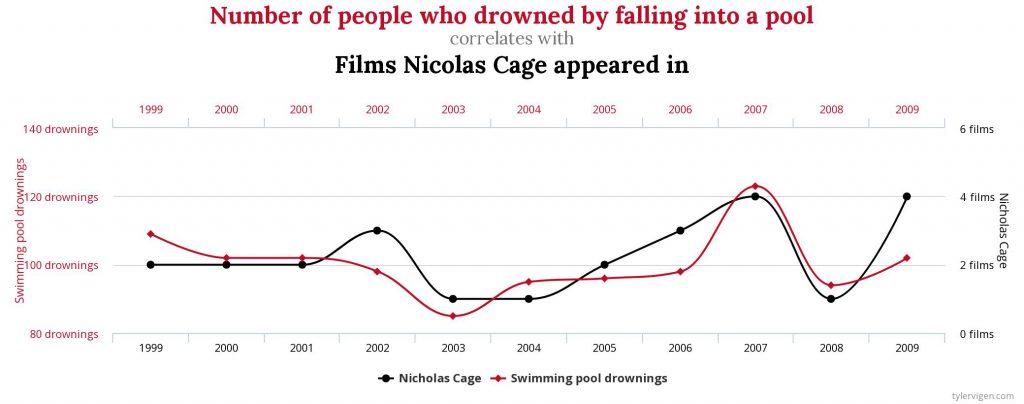Exemplar Study: Texting to Ostracize (Factorial Design)
This study sought to determine if a woman’s appearance influences perceptions of her ability to perform a job. Undergraduates rated photographs of women as part of a 2 (Career: office assistant vs. CEO ) X 2 (Appearance: professional attire vs. sexual attire) design. Participants rated photos along several dimensions such as grade point average, organizational […]
Exemplar Study: Texting to Ostracize (Factorial Design) Read More »




